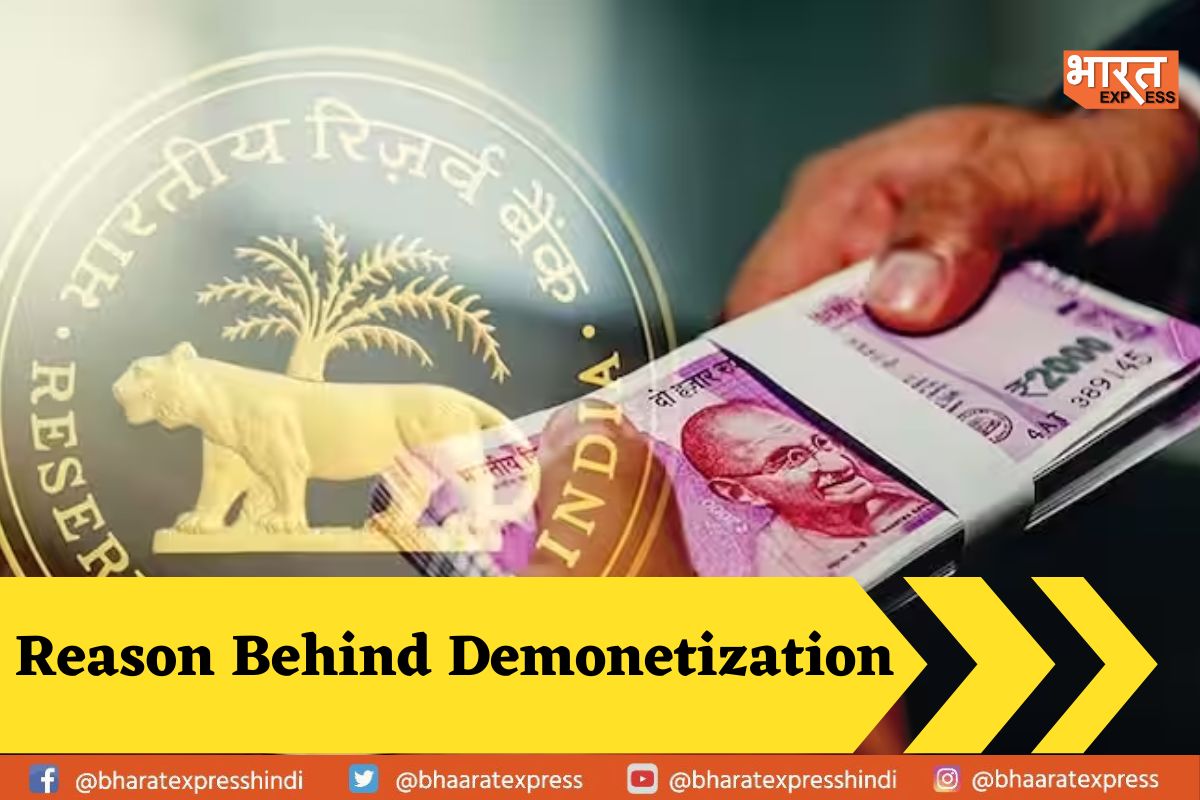
RBI Governor Shaktikanta Das justified the decision to withdraw Rs 2,000 notes. While doing so, he said that the action was a part of the central bank’s currency management programme. According to the governor, the main purpose of the introduction of Rs 2,000 notes was to swiftly replenish earlier Rs 500 and Rs 1,000 notes. He urged the populace to delay going to the banks to exchange their Rs. 2,000 notes. He claimed that until September 30 the public could exchange or deposit their Rs 2,000 notes.
While talking about the demonetization, Das said that the deadline given to people in order to exchange and deposit their Rs 2,000 note is September 30. He said that the deadline has been set so that people take the decision seriously. The Governor reassured that the withdrawal of the Rs 2,000 note will have a “very very marginal” impact on the economy. Only 10.8% of the currency in circulation was made up of Rs 2,000 notes. Additionally, he described as speculation any mention of the reintroduction of the Rs. 1,000 notes.
Acknowledging the strength of India’s currency management system Das said, “We have more than adequate quantities of printed notes already available in the system, not just with RBI but with currency chests operated by banks. There is no reason to worry. We have sufficient stocks, no need to worry.”
Speaking of, the Reserve Bank of India (RBI) announced its decision to withdraw the Rs 2,000 denomination bank notes on May 19. However, as per the apex bank, the existing notes will remain legal.
Starting on May 23, 2023, any bank will allow the exchange of Rs 2,000 notes into notes of other denominations up to a cap of Rs 20,000 at a time, the central bank noted, in order to ensure operational convenience and prevent disruption of regular activities of bank branches.
Also Read: PhonePe Secures $100 Million Investment from General Atlantic in Ongoing $1 Billion Funding Round

















